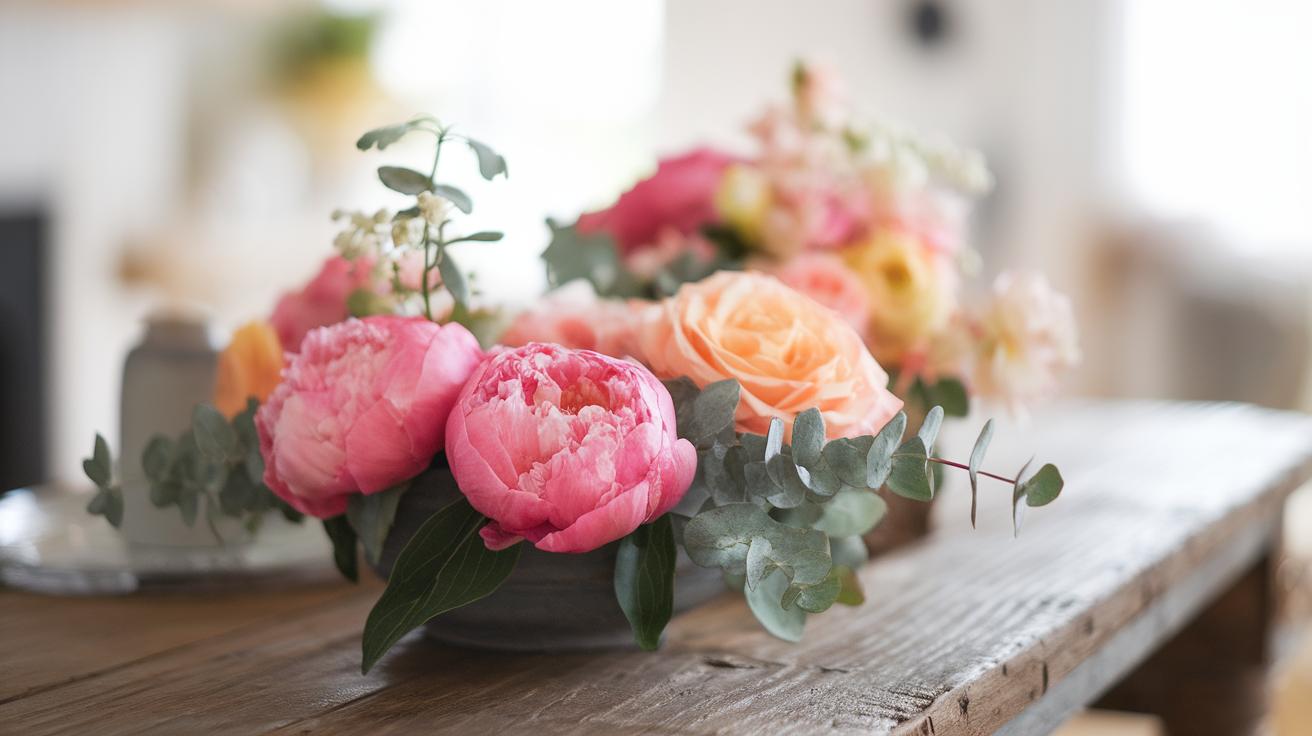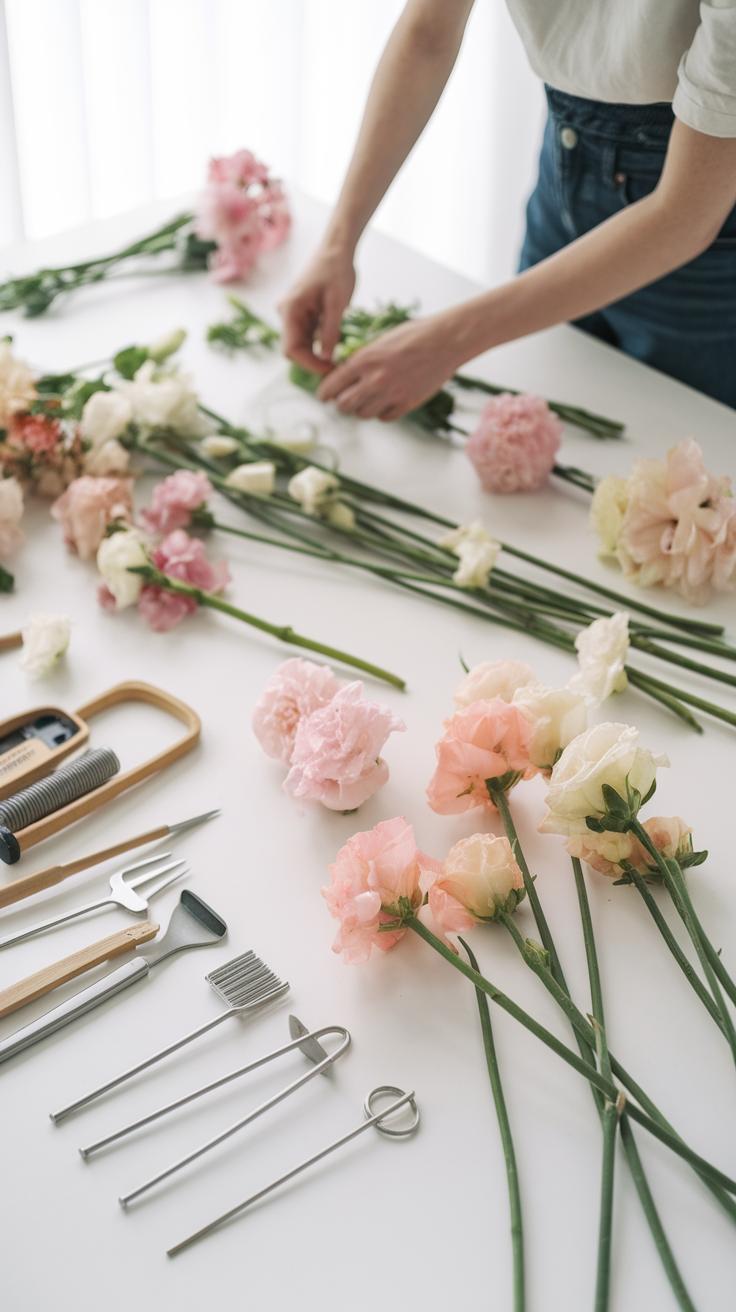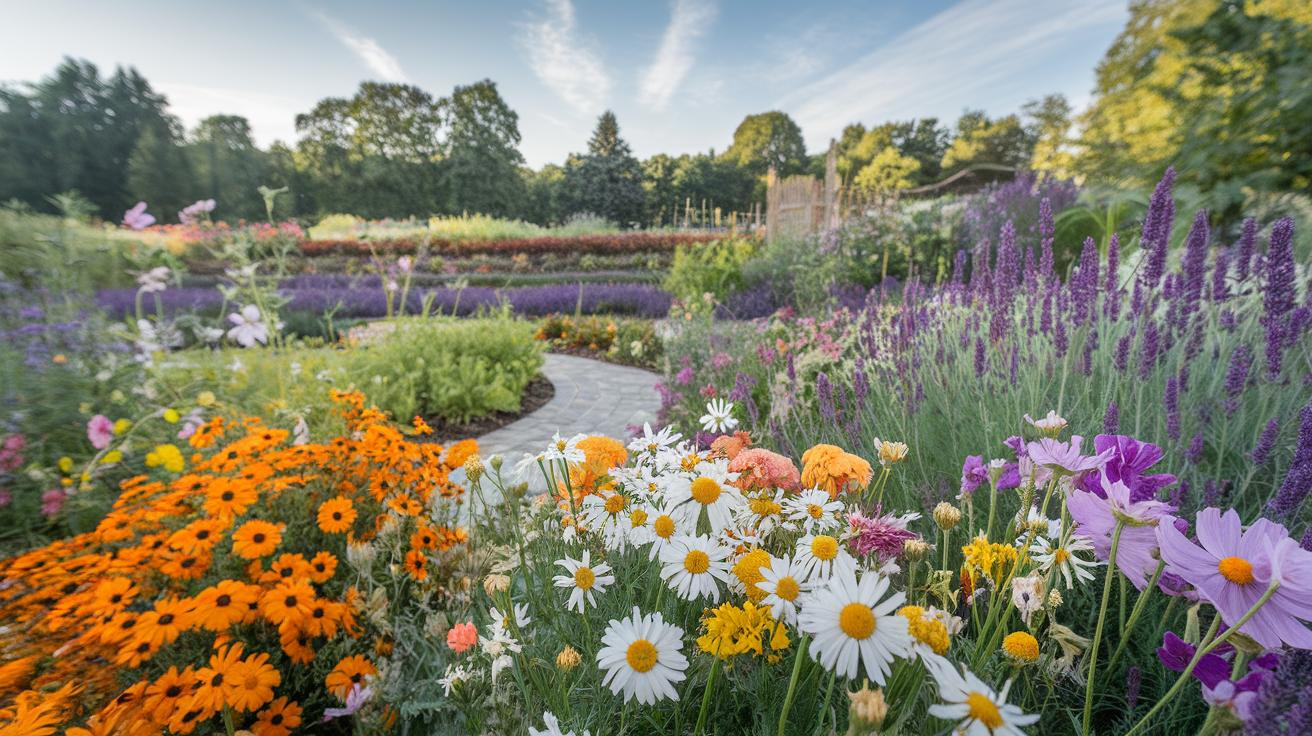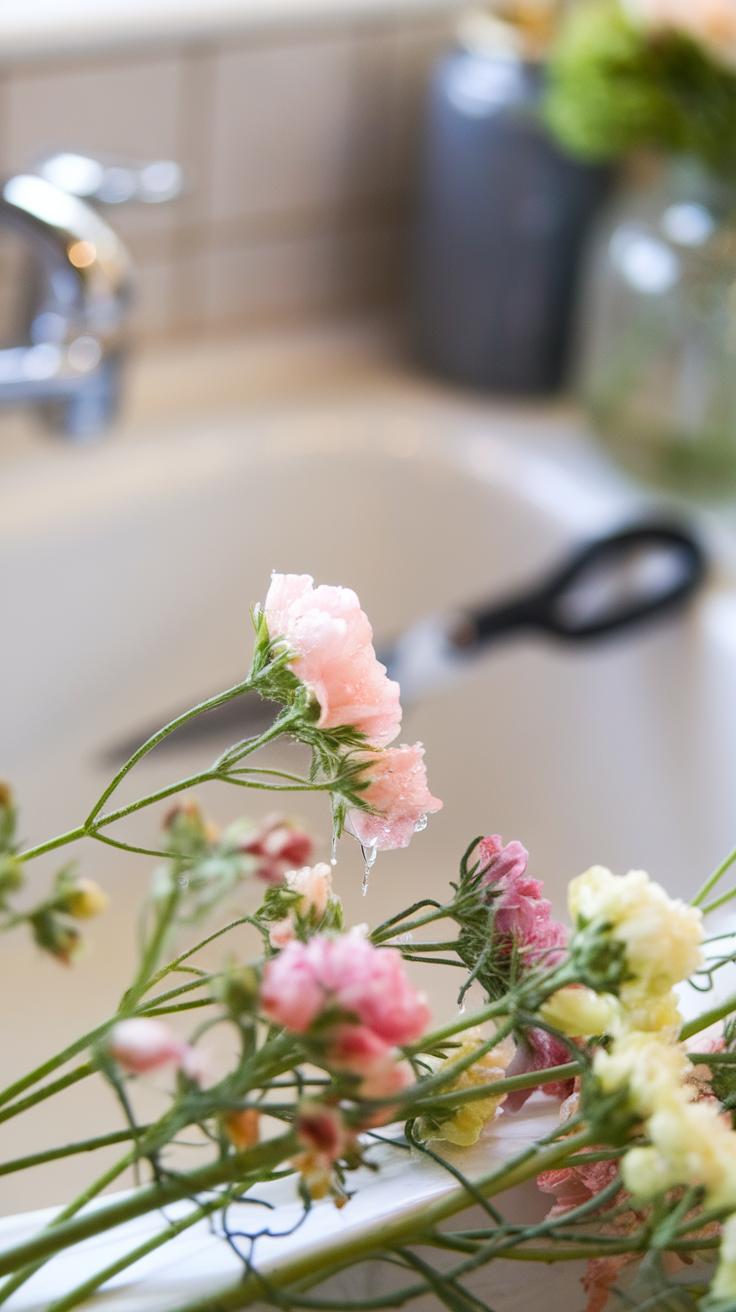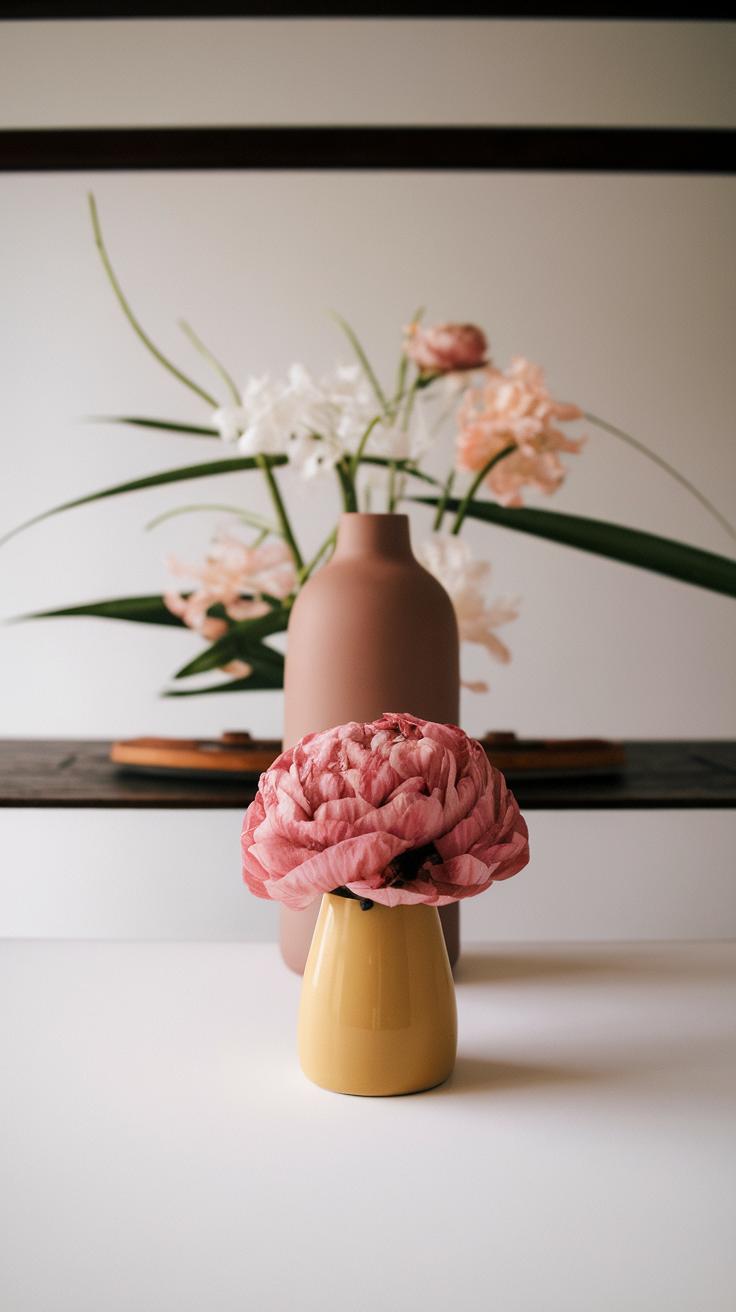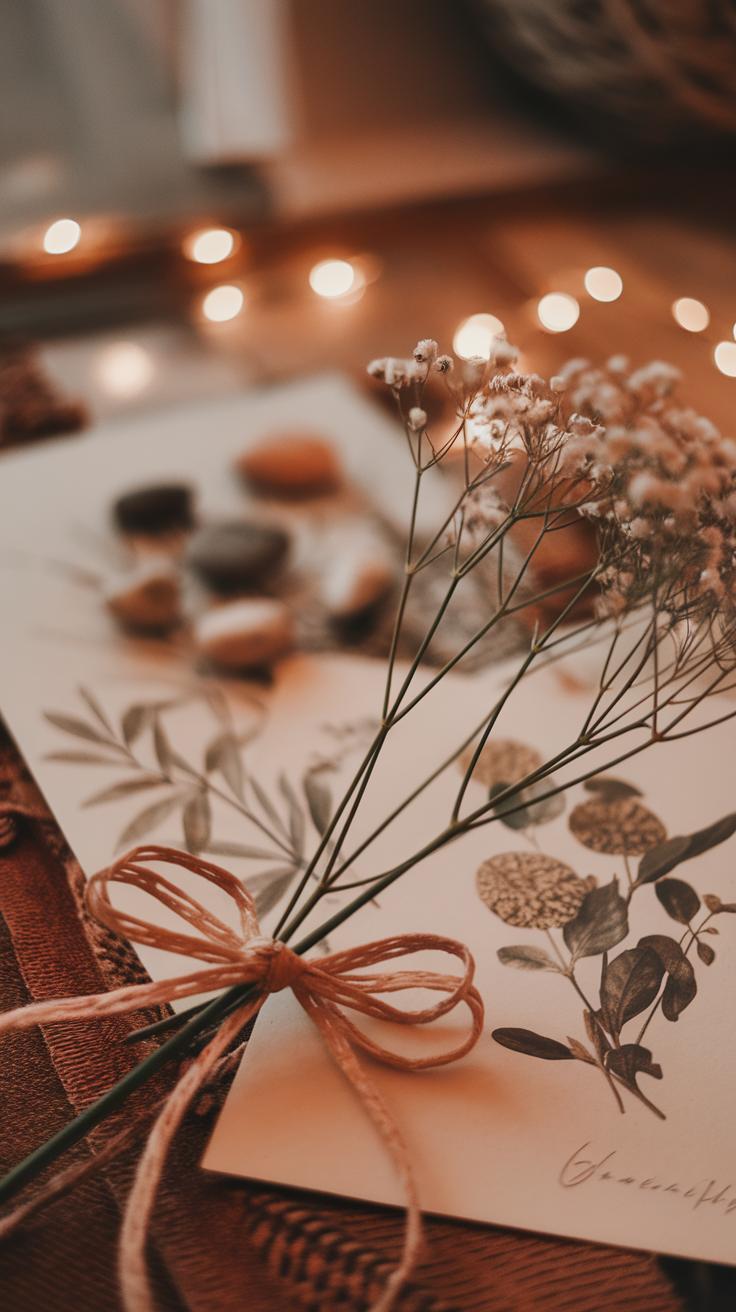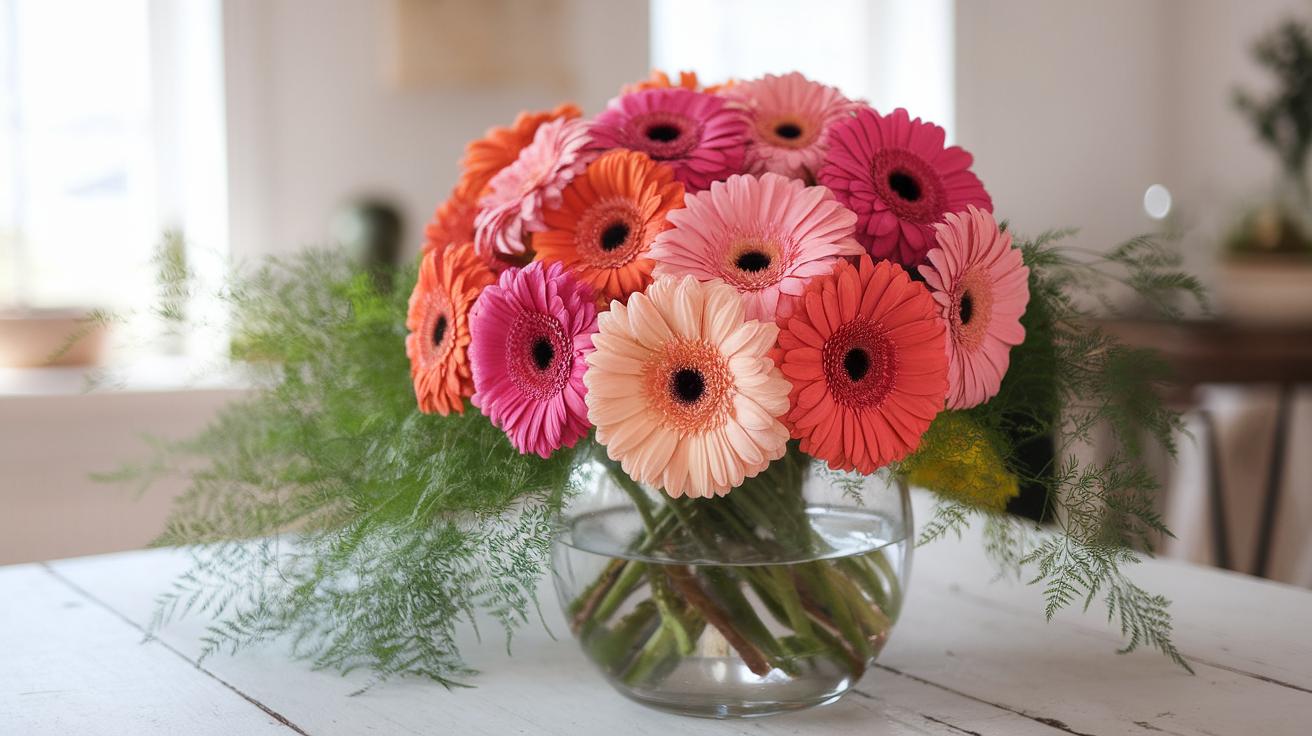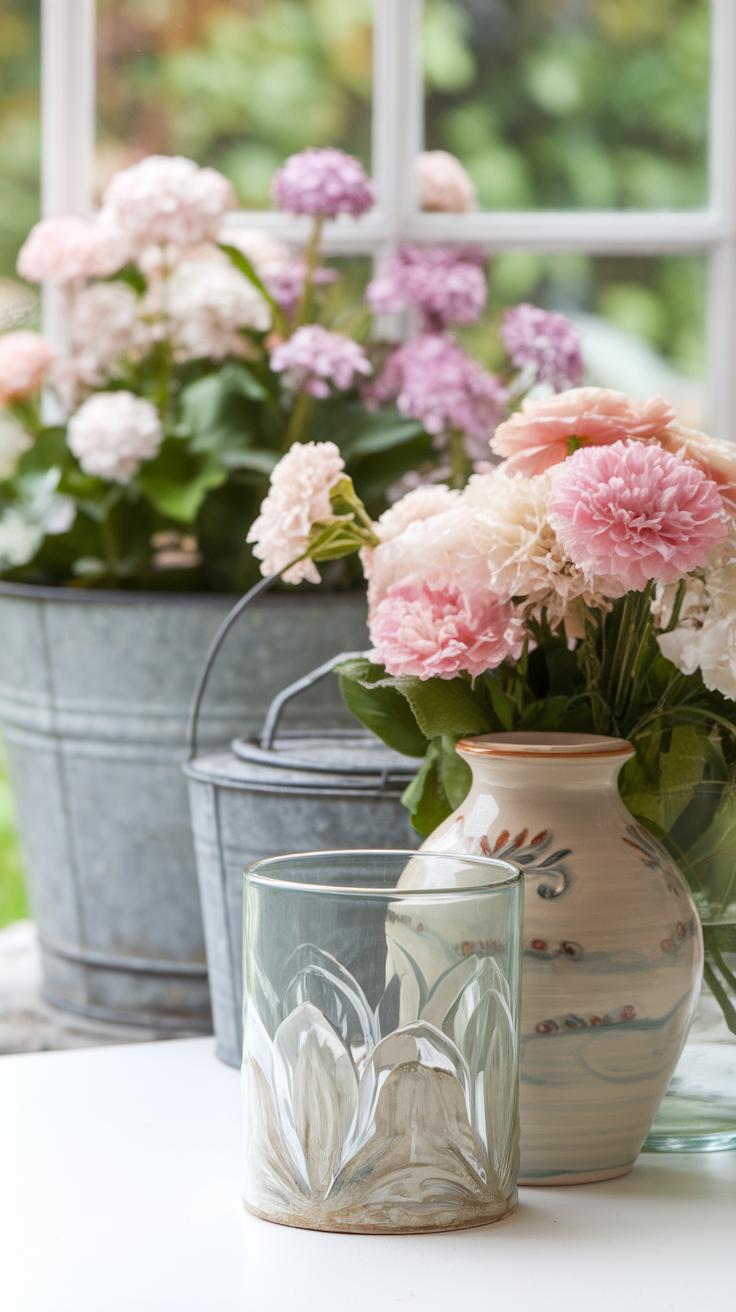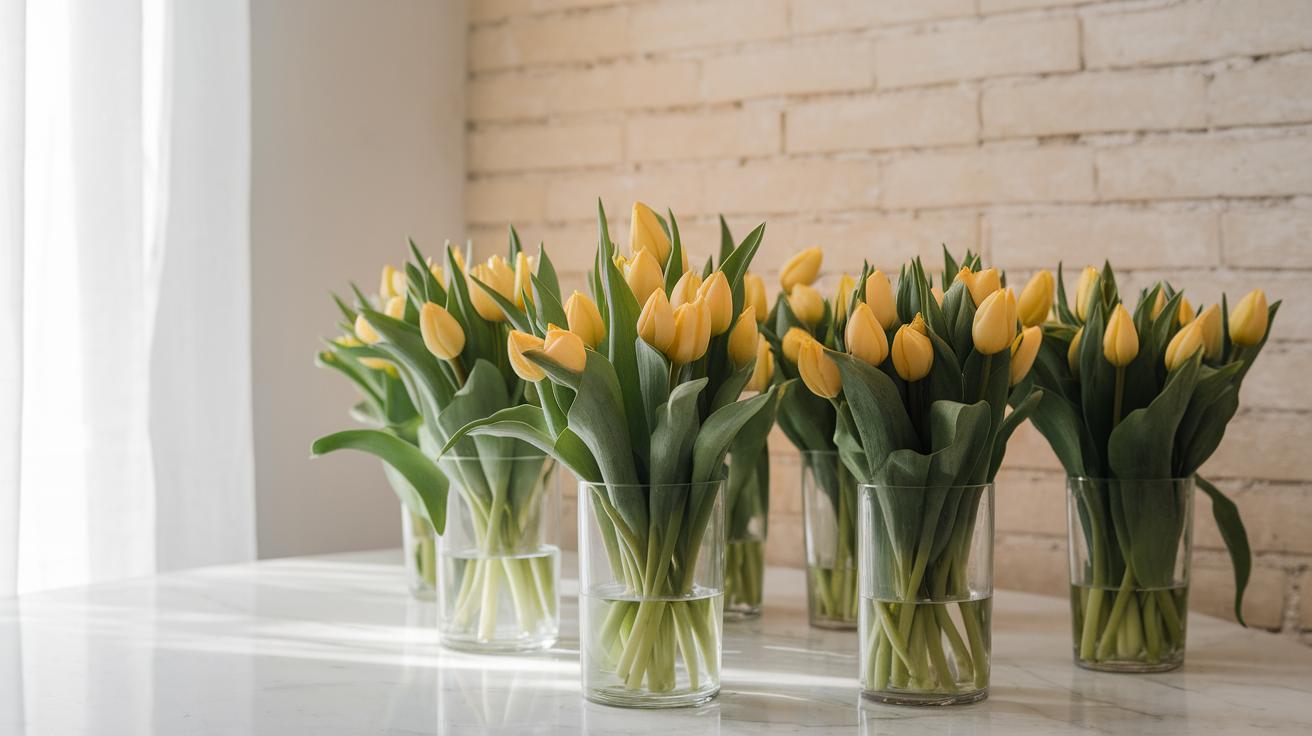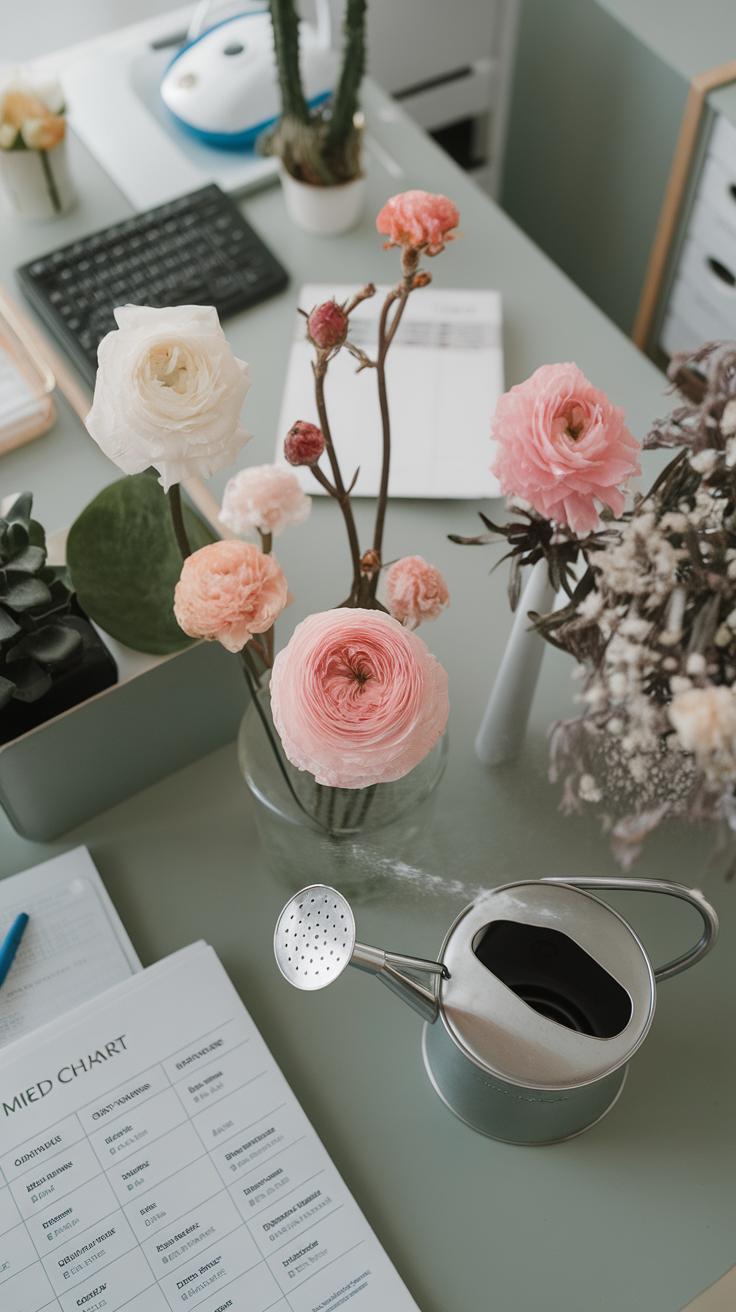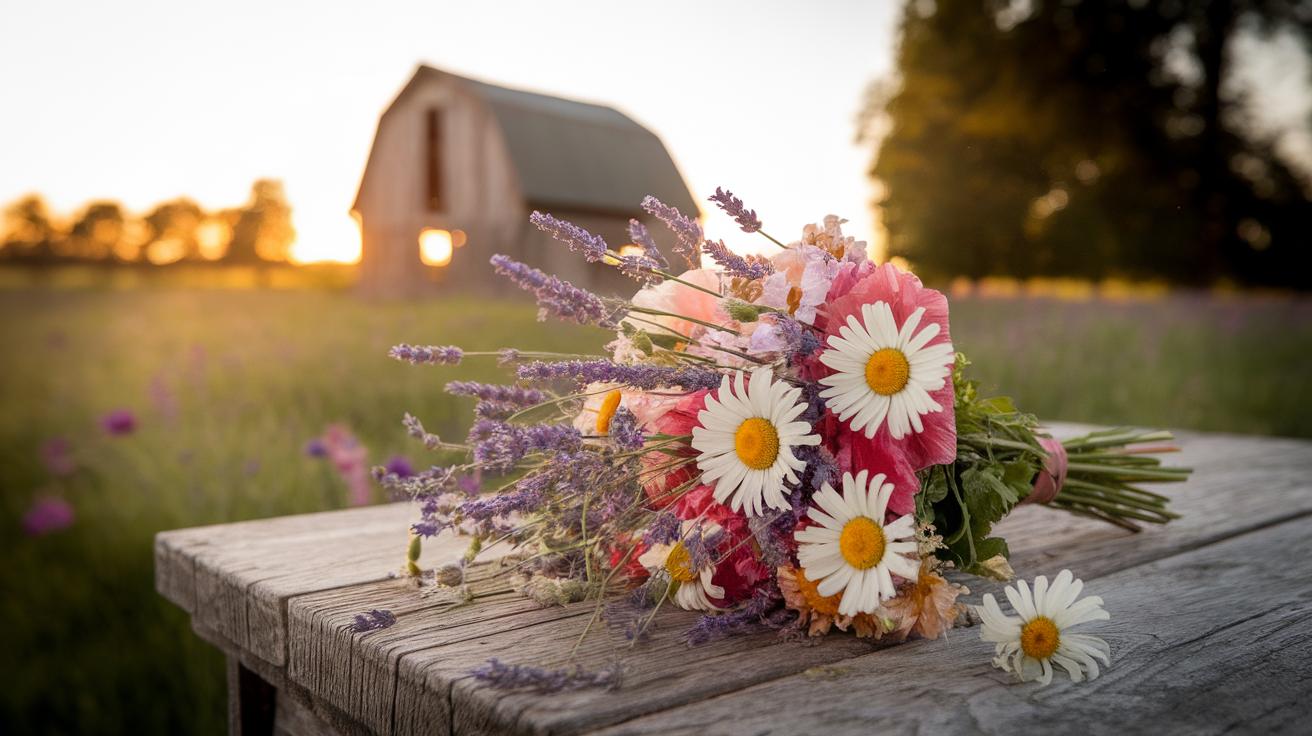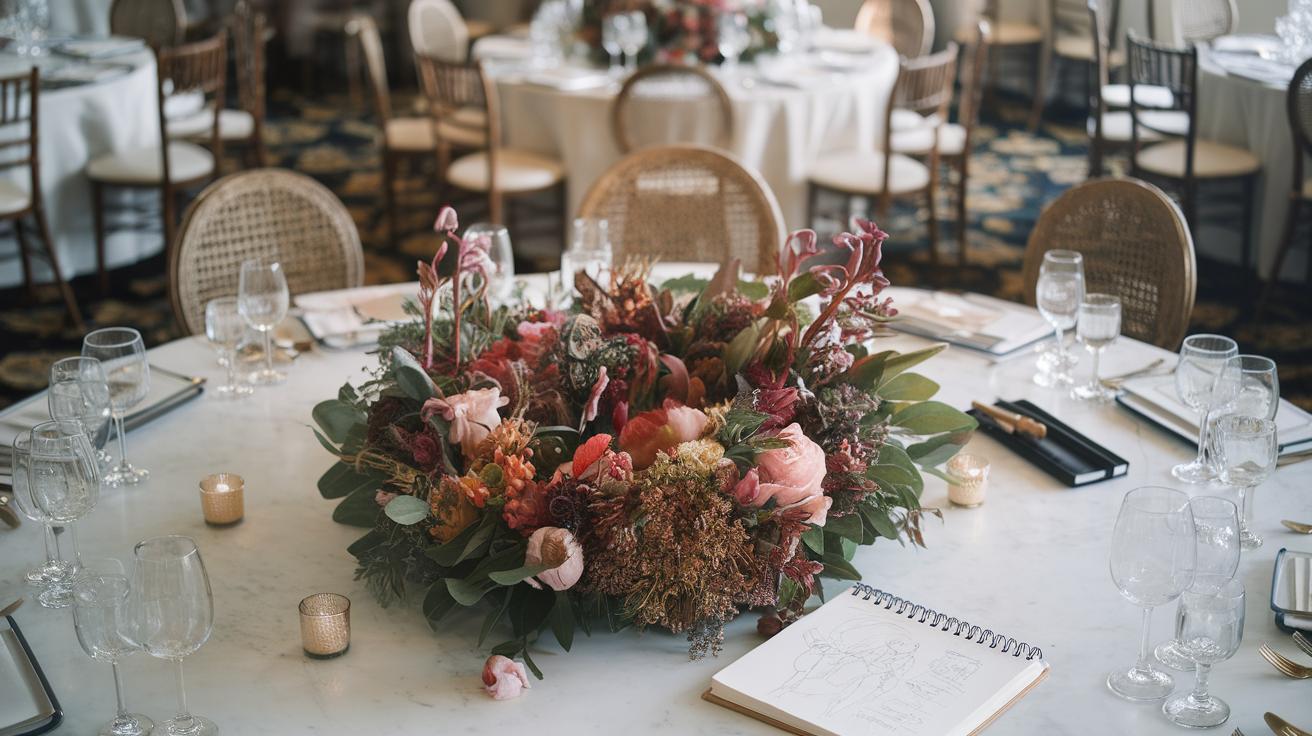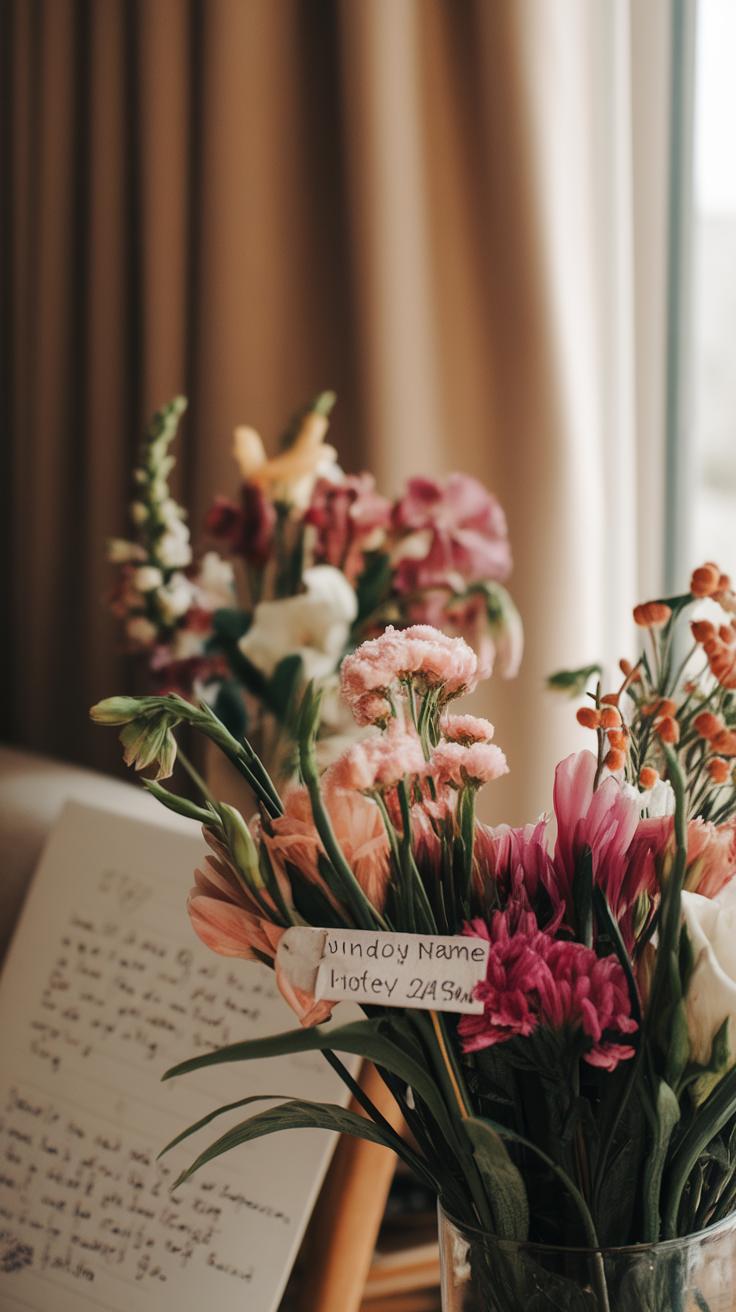Introduction
DIY flower arrangements offer a unique way to enhance your home’s aesthetic. They bring color, fragrance, and life into your space. Whether you’re preparing for a special occasion or just want to brighten your daily routine, arranging flowers yourself can be a rewarding experience. This article explores various DIY flower arrangement ideas that cater to different styles and skill levels. You can transform simple blooms into stunning centerpieces with just a few techniques.
Understanding the basics of flower arrangements is key. You don’t need to be a professional florist to create beautiful displays. With the right tips and creativity, you can showcase your personal style. From selecting the right flowers to choosing suitable vases, each detail helps enhance the overall effect. Dive into our chapters below to discover practical and stylish arrangements that will impress your guests and uplift your home décor.
Understanding the Basics of Flower Arranging
Flower arranging involves several key elements. Start with selecting flowers that suit your style and the occasion. Popular choices include roses for elegance, sunflowers for cheerfulness, and greenery for balance. Each flower type serves a different purpose in an arrangement.
You need a few tools to begin. A sharp pair of shears or scissors helps with cutting stems cleanly. Keep a clean vase ready, along with flower food to keep them fresh. A floral foam or a grid of tape can help stabilize your arrangement.
Basic techniques include the spiral method for grabbing attention or the clustering method for a casual look. Experiment with different heights and textures. How do you want your arrangement to feel? Each decision affects the overall look. Start with an idea and let your creativity flow.
Preparing Your Flowers
Preparation is vital for your flower arrangements. First, trim the stems at an angle. This increases the surface area for water absorption. Use sharp scissors to avoid crushing the stems. Next, remove any leaves that will sit below the waterline. These leaves can decay and cause bacteria to form. Keep your flowers crisp and fresh.
Condition your flowers by placing them in water shortly after cutting. Let them soak for several hours or overnight, if possible. This allows them to hydrate and open fully. Taking these steps ensures a longer-lasting bouquet. What flowers are you excited to work with? Take your time, and enjoy preparing them.
Preparing Your Flowers
Trimming and Conditioning Your Flowers
Properly preparing your flowers sets the foundation for a stunning arrangement. Start by gathering your tools: sharp scissors or a knife and a clean bucket filled with water. Trim the stems at a 45-degree angle. This shape increases the surface area for water absorption. Remove any leaves that will sit below the waterline. This step prevents bacteria growth and helps keep your flowers fresh longer.
Exploring Different Arrangement Styles
Traditional Arrangements
Traditional arrangements focus on balance and symmetry. These designs often use classic flowers like roses, peonies, and lilies. You can create a stunning centerpiece by using a round vase and evenly distributing flowers. Think of using greenery to fill spaces and create a lush look. These arrangements work well for formal settings. How would a traditional centerpiece enhance your dinner table?
Modern Arrangements
Modern arrangements celebrate simplicity and creativity. They often feature fewer flowers but emphasize unique shapes and colors. Try using geometric vases or mix unexpected flowers like succulents and orchids. When arranging, think about height and angles. Play with asymmetry for a bold statement. Would you enjoy showcasing a striking modern piece in your living room?
Wildflower Designs
Wildflower designs bring a relaxed and natural feel. Gather various seasonal flowers to mimic a garden look. Use a loose, freeform style for arrangement. This approach allows flowers to take center stage by avoiding strict order. To achieve this, mix colors and textures without hesitation. How could a wildflower arrangement reflect your personal style in a space?
Accessorizing Your Arrangements
Enhancing your flower arrangements doesn’t require much effort. You can use simple accessories to make your displays stand out. Ribbons add elegance. Choose a color that complements your flowers. Wrap them around the vase or create loops to place among the blooms. Use natural elements like twigs to add texture. Place a few twigs at varying heights in your arrangement for a more dynamic look. You can even add small pinecones or stones for a rustic touch.
Think about using decorative stones or marbles in the bottom of the vase. This not only anchors your flowers but also adds a visual appeal. Clear stones create a clean look, while colored ones can add interest. Don’t forget about branches or leaves. They can fill in gaps and create fullness. If you have extra flowers, consider layering them with other greenery to enhance depth and contrast.
What unique accessories do you have at home? Consider your style and how these elements will fit into your design. Personal adaptations can make your arrangements truly yours. Spend time experimenting with combinations to see what effects you can create.
Vases and Containers
The choice of vases and containers plays a key role in your flower arrangements. Different shapes and materials can change the overall look. For a modern style, opt for glass vases with clean lines. If you prefer a rustic feel, consider using wooden or ceramic containers. Each material brings its unique charm to the arrangement.
Think about size, too. A tall vase will highlight long-stemmed flowers, while a short bowl suits compact arrangements. Experiment with layering different heights to create depth. An eclectic mix of vases can add character. Have you thought about using unconventional containers like teapots or jars? This can personalize your display.
Consider color coordination as well. A vibrant bouquet can pop against a neutral container. On the other hand, a colorful vase can enhance subtle flowers. The right combination can transform a simple arrangement into a striking centerpiece.
Creating Seasonal Arrangements
Spring and Summer
Spring and summer offer an abundance of flowers. Choose tulips, peonies, or daisies for spring. In summer, think about sunflowers, hydrangeas, or zinnias. Start by selecting a dominant flower, then add filler flowers and greenery for balance. Use a bright vase to enhance the seasonal feel. Arrange taller flowers in the center and shorter ones around the edges. How does this arrangement brighten your space?
Autumn and Winter
Fall calls for rich colors like maroon, orange, and yellow. Use chrysanthemums, dahlias, and seasonal foliage. In winter, opt for evergreen boughs, holly, or even artificial blooms mixed with natural elements. For autumn, create a rustic look with a wooden crate as a base. In winter, incorporate candles among the flowers for warmth. How does your arrangement reflect the mood of the season?
Caring For Your Arrangements
Taking care of your flower arrangements keeps them looking fresh and beautiful. Start by placing your arrangement in a cool area, away from direct sunlight. Flowers prefer temperatures between 65°F and 70°F. You will notice that they tend to wilt quickly in heat.
Change the water every two days. Clear water reduces bacteria growth that shortens the life of your flowers. Trim the stems at an angle before placing them back in the water. This method ensures better water absorption.
Remove any leaves that fall below the water level. Foliage submerged in water can cause mold and rot. If you notice any wilted or brown flowers, remove them immediately to prevent them from affecting the healthier blooms.
Consider using plant food that comes with many floral arrangements. It provides nutrients that support longer-lasting blooms. Have you tried creating your own plant food with sugar and vinegar? This simple recipe can boost your arrangement’s lifespan. Keeping your arrangements healthy extends their beauty, making your home more inviting.
Incorporating Greens and Filler Flowers
Use greens and filler flowers to add depth and fullness to your arrangements. Filler plants like statice, baby’s breath, or fern leaves help fill empty spaces. These elements soften the look and provide a balanced appearance. You can achieve a more cohesive design by mixing different greens, such as eucalyptus or ruscus, which enhance overall texture.
Consider the scale of your centerpiece. For a tall vase, add greenery to the bottom for volume. For smaller arrangements, use compact fillers that won’t overshadow your main flowers. Blend colors creatively. A pop of white filler can brighten a dark palette, while deep greens can ground bright colors. How do your personal style and color preferences reflect in your choice of greens? This aspect caters to both aesthetic appeal and personal expression.
Personalizing Your Arrangements
Make your flower arrangements a reflection of you. Your choice of colors plays a significant role in creating a personalized look. Are you drawn to bright, bold colors, or do you prefer soft pastels? Think about how these colors make you feel and what mood you want to create in your space.
The types of flowers you select reveal your personality. Choose flowers that resonate with your experiences. Have you always loved sunflowers? Incorporate them for their cheerful vibe. If you admire lilies for their elegance, let them take center stage in your arrangements.
Design elements also enhance your unique style. Consider the shapes and sizes of your containers. A rustic vase can give a farmhouse feel, while a sleek glass container offers a modern touch. What stories do you want your arrangements to tell? Let your choices speak volumes about who you are.
Conclusions
Creating DIY flower arrangements is not only fun but also a fulfilling way to express your creativity. Through the techniques outlined in this article, you can easily craft beautiful displays that suit any occasion. Remember that your style and preferences should guide your choices. Each arrangement you create reflects your unique taste and personality.
As you explore the world of flower arranging, keep experimenting with different combinations and styles. Over time, you will develop your skills and find joy in the beauty of nature at home. Embrace the process and have fun along the way. Your stylish home touches will surely impress all who visit.

